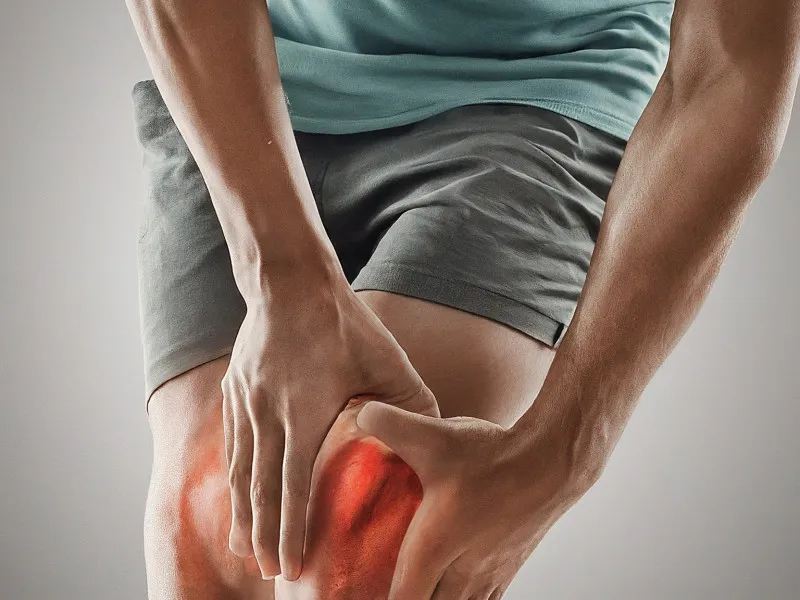A groin pull, also known as a groin strain, occurs when the muscles in the inner thigh are overstretched or torn. This injury is common among athletes, active individuals, and even those who engage in sudden, strenuous movements. Understanding proper Groin Pull Treatment can help you recover faster, prevent complications, and avoid recurring injuries.
Understanding the Nature of a Groin Pull
A groin pull typically involves injury to one or more adductor muscles, which run from the inner thigh to the pelvis. The severity can range from a mild stretch (Grade 1) to a partial tear (Grade 2) or a complete muscle tear (Grade 3). Symptoms often include pain in the inner thigh, swelling, bruising, and difficulty moving the leg without discomfort.
Initial Response: The First 48 Hours Matter
Early intervention is crucial for effective Groin Pull Treatment. The R.I.C.E. method—Rest, Ice, Compression, and Elevation—remains one of the most effective first-line approaches:
-
Rest: Avoid activities that worsen the pain to give muscles time to heal.
-
Ice: Apply cold packs for 15–20 minutes every 2–3 hours to reduce swelling.
-
Compression: Use an elastic bandage or compression shorts to support the injured area.
-
Elevation: Keep the leg slightly raised to limit fluid buildup and inflammation.
Gradual Rehabilitation and Gentle Stretching
Once the acute pain and swelling subside, it’s essential to begin light stretching and mobility exercises. Gentle adductor stretches, hip rotations, and low-impact activities like walking can help restore flexibility. Always progress gradually, as rushing recovery can lead to re-injury.
Strengthening for Long-Term Recovery
A comprehensive Groin Pull Treatment plan must include strengthening exercises. Resistance band adduction, side lunges, and core stabilization exercises can help rebuild muscle strength, support hip stability, and prevent future strains. Working with a physiotherapist can ensure these exercises are done safely and effectively.
Pain Management and Anti-Inflammatory Support
Over-the-counter anti-inflammatory medications, when used appropriately, can help manage pain during the early stages. However, it’s best to use them under professional guidance to avoid masking pain and unintentionally pushing the injury too far.
When to Seek Medical Help
If the pain is severe, swelling is significant, or mobility is greatly limited, professional evaluation is essential. In some cases—particularly with Grade 3 strains—imaging tests and even surgical intervention may be necessary.
Preventing Future Groin Injuries
Preventive measures are an important part of Groin Pull Treatment. A proper warm-up before sports, balanced strength training, and consistent flexibility work can significantly reduce the risk. Hydration and maintaining good overall fitness also play a role in keeping muscles resilient.

